News
History: Fires and Fire Fighting in Sheridan’s Past
Published
3 months agoon
By
cvannoy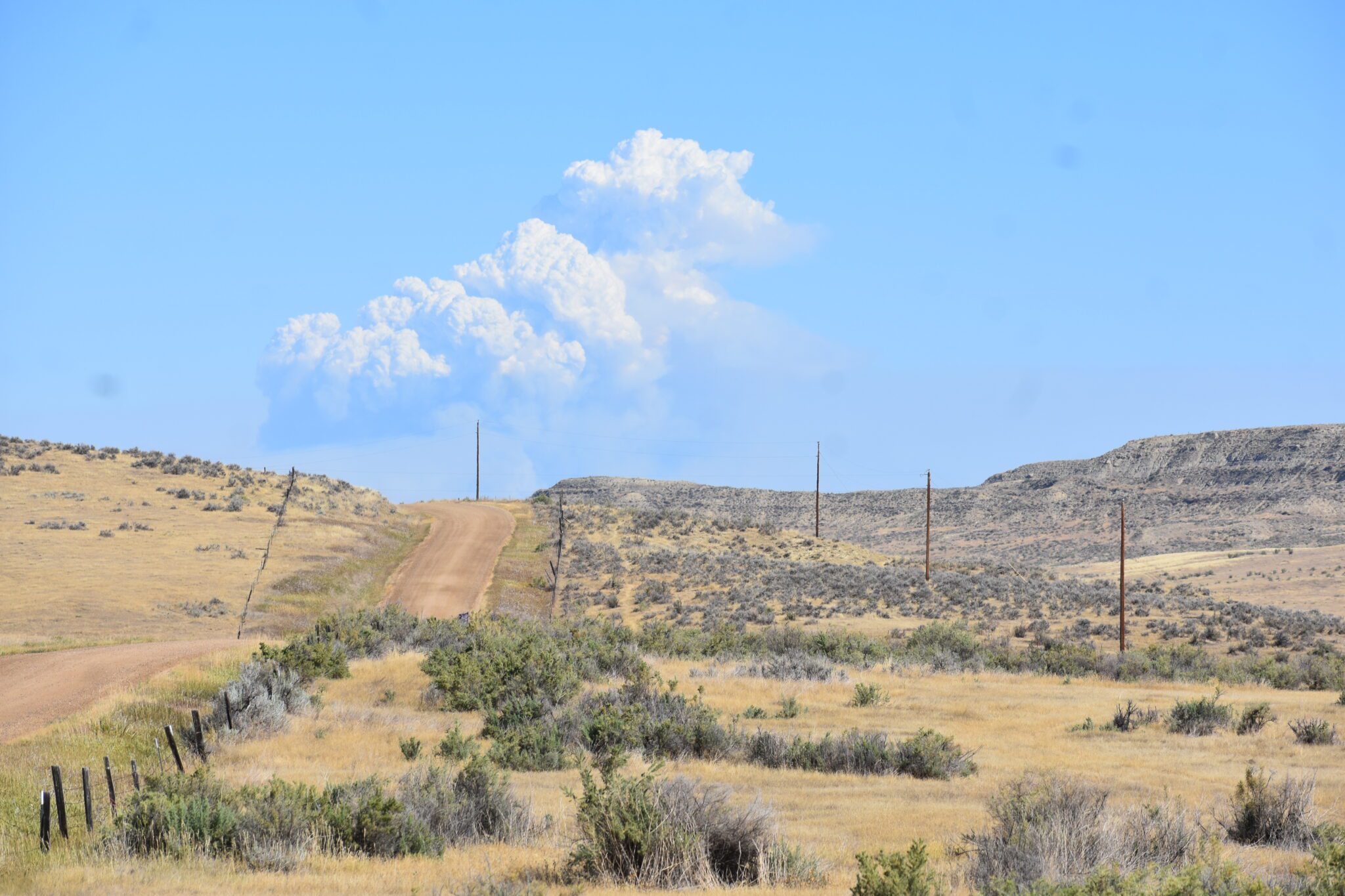
With many areas in Sheridan and Johnson Country being burned up this past week with several wildfires, this column takes a look back at other fires in the past, and especially a look at how firefighting has changed over the years.
One of the most destructive fires in the Sheridan area was the Rockwood Fire, in August of 1895, which destroyed most of the town of Rockwood, a tie camp town along the Tongue River Tie Flume.
The story of Rockwood was posted on Sheridan Media on August 20, 2022.
Today, the fire departments have water pumper trucks, heavy equipment, and planes that can drop water or slurry on the fires, in the early days the fire fighting was mainly done by fire fighters on the ground.
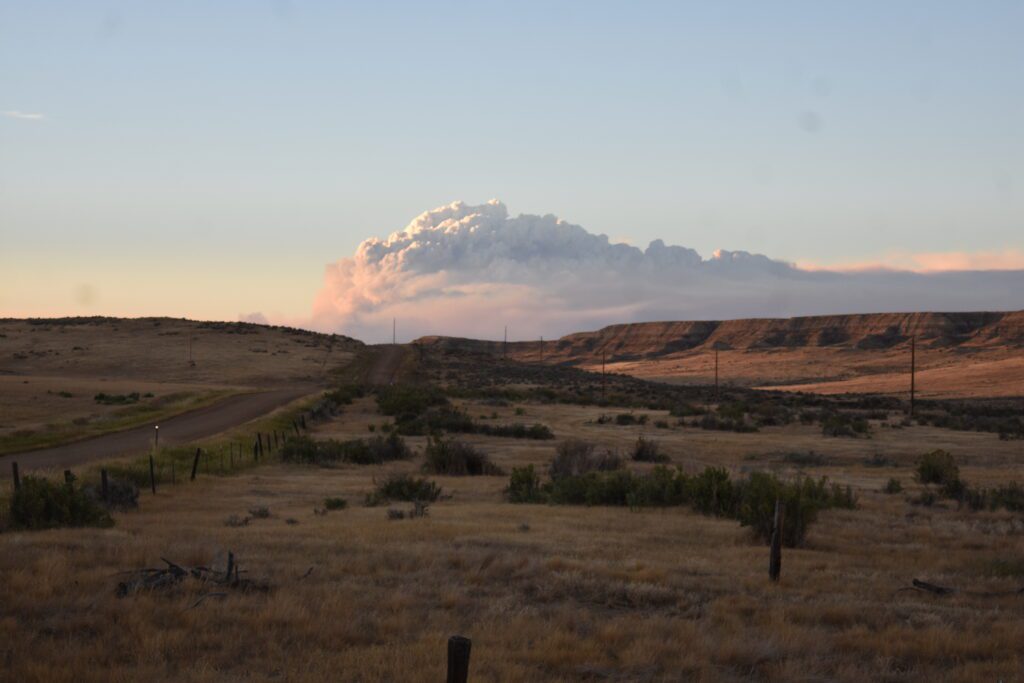
In some years, like this year, there were a lot of fires, as this from The Sheridan Post, September 16, 1910 – Forest Fires Make Record This Season. The Most Disastrous for Years. How To Fight Them. Department of Agriculture Issues Bulletin — Efficient Patrol and Corps of Fire Fighters Needed. WASHINGTON, D. C – Sept. 10.— In amount of damage done the forest fires of 1910 have made a record not equaled in many years. According to the estimate of the officials of the department of agriculture, the damage done to national forestry timbers alone will amount to many million dollars. Besides this, great loss has been sustained by states, corporations and private individuals. The prevention of these conflagrations has become a matter of the greatest importance. They can never be entirely eliminated, but by proper care, and by the maintenance of a systematic patrol with easy means of communication between members, and an efficiency corps of firefighters, the risk can be reduced to the minimum.
The early discovery of fires is of prime importance, and to effectually combat them it is also necessary that means be provided for promptly notifying the fire fighter and quickly conveying them to the scene of the fire. But it is also necessary that, once at a fire, the men in charge know what to do and how to accomplish the most m the shortest space of time.
Forester Graves has recently written an article on the proper methods to be adopted in fighting forest fires, and so important does the department of agriculture deem the matter that a bulletin has been issued in which the article is published in full.
“The principles of fighting forest fires,” says Forester Graves in part, “are essentially the same as those recognized in fighting fires in the cities. The following are of first importance: 1) Quick arrival at the fire; (2) an adequate force; (3) proper equipment; 4) a thorough organization of the fighting crew, and 5) skill in attacking and fighting fires. Quick access to fire is accomplished through the work of supervision and patrol in discovering fires before they have gained much headway, and by a well-developed system of communication through the forest by roads and trails.
“The efficiency of the fire-fighting crew depends very largely on their skill and experience, and particularly on the skill and experience of the man directing the work. It is not only a question of knowledge of how to assign each man here his work will be most effective, but there must be judgment exercised in determining the general method of attack. The character of the fire, the character of the forest, the condition of the atmosphere, the strength and direction of the wind; the rapidity with which the fire is running, and many other points to be taken into consideration.
He talked about setting back fires as well as one method of fighting the fire. “A fire is never out,” the bulletin concludes, “until the last spark is extinguished. Often a log or snag will smolder unnoticed after the flames have apparently been conquered, only to break out afresh with a rising wind. After the fire-fighting crew has left the ground, it is always well to assign at least one man to patrol the edges of the burned area until it is certain that the fire is entirely out. This may not be for several days.”
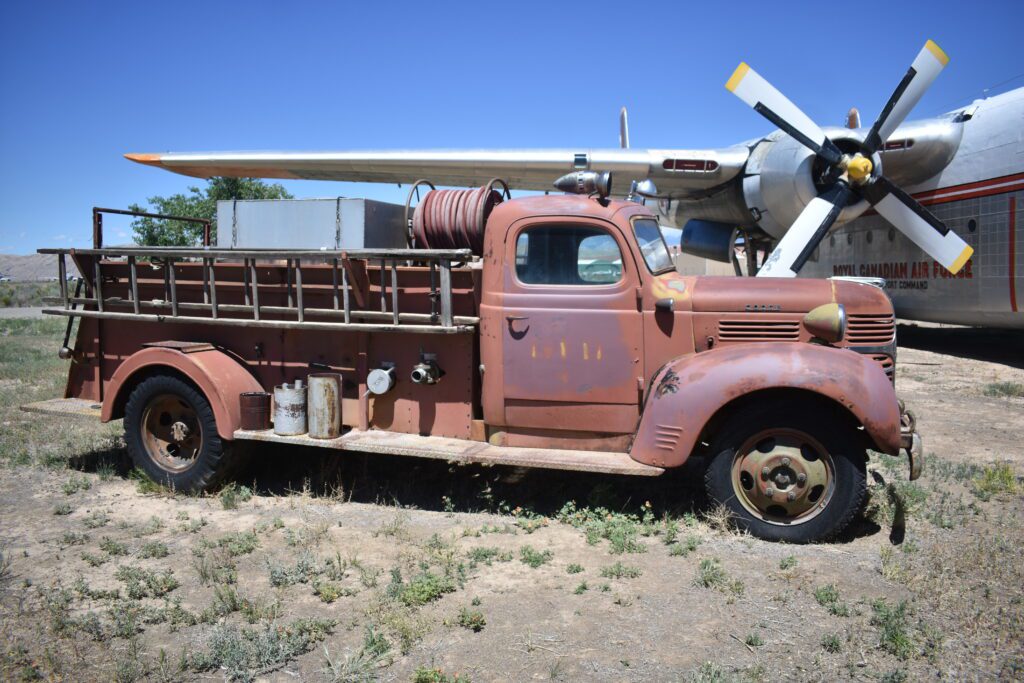
On Display at the Museum of Flight & Aerial Firefighting, Greybull, Wyoming, Vannoy photo
And in other years there are hardly any fires of importance, as this from The Sheridan Post, August 24, 1915 – No Forest Fires Supervisor Stockwell Feels Optimistic Regarding Situation.
A. O Stockwell, acting supervisor of the Big Horn National Forest, left today for the forest to be gone a week or ten days, making a horseback inspection trip to various points. Mr. Stockwell feels very optimistic regarding the forest fire situation on the Big Horn Forest this year. So far, no fires of any consequence have occurred, and the forest is so wet with the frequent rains that there is little danger of fire breaking out. The three or four fires which have been discovered by rangers, all started by lightning, have been quickly and easily extinguished.
The extremely hazy weather of the past few days has given rise to speculation as to whether or not it might be caused, in whole or in part, by forest fires. Mr. Stockwell says that he knows of no fires of any magnitude nearer than Washington. where large number of bad fires are now racing, but says that the “smoke from there might have an influence upon conditions here.
Although the largest fires are usually forest fires in the mountain areas, range-land fires, like the ones the Sheridan area is experiencing this month, can be dangerous to people wildlife and livestock, as well as destroying fences, REA poles, winter pasture and haystacks.
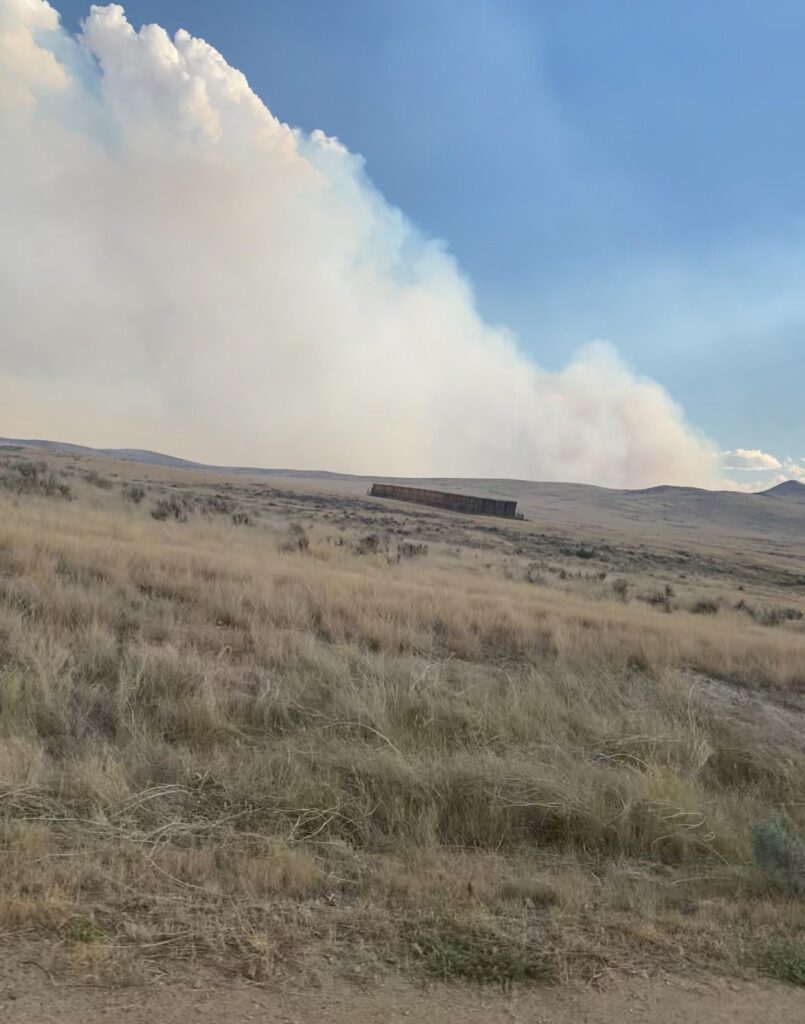
This from the Wyoming Tribune (Cheyenne), November 23, 1914 – A fire originating in the straw stacks sweep across the Diner and Greier ranches in Johnson County, destroying much stacked hay and damaging a large acreage of meadow lands. Fires in Sheridan County destroyed the buildings of the ranches of Milton McCoy and E.I. Matthews,
And this from the Weston County Gazette, December 3, 1914 one person lost their life in the fire – Range Blazes Wreak Havoc. Cheyenne.— Range fires have been numerous throughout Wyoming during the past few days, causing the loss of one life, some livestock and many thousands of dollars in property, in the Cheyenne district five such fires have occurred, that on Horncreek, in which Miss Bertha Rhienhart lost her life, the Moyer ranch was burned, and $7,000 worth of hay was destroyed, being the most disastrous.
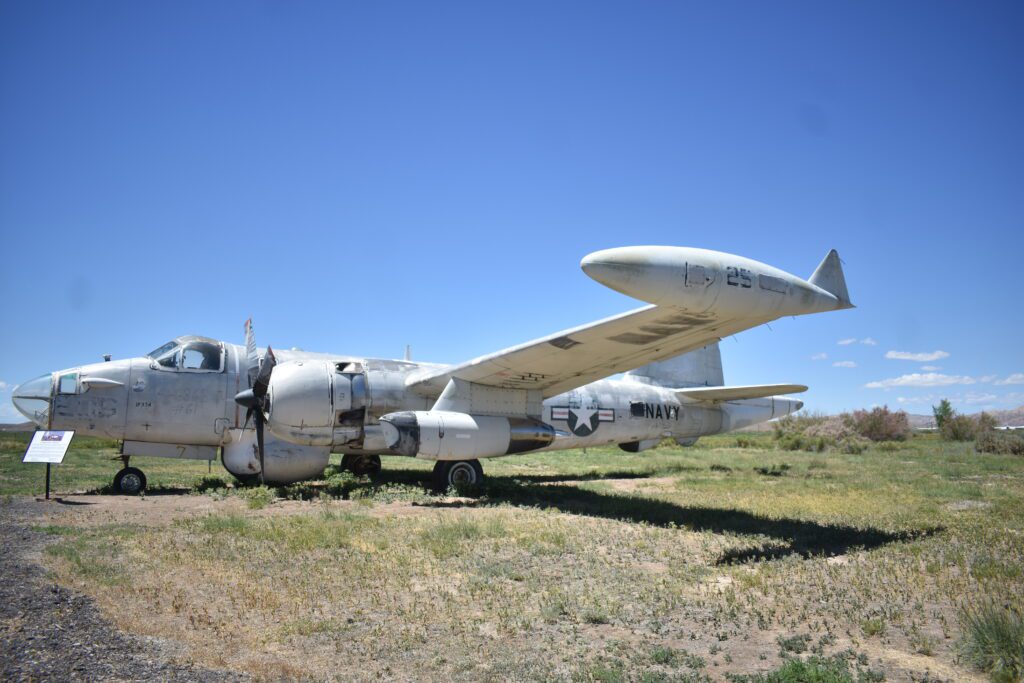
Plane on Display at the Museum of Flight & Aerial Firefighting, Greybull, Wyoming, Vannoy photo
Today, airplanes are an essential part of firefighting, but that wasn’t always the case.
From the the Sheridan Enterprise, April 23, 1919 – Army Airplanes will fight Forest Fires in Many West States Denver, Colo., April 23— Army airplane and balloons will cover portions of the national forests of California, Arizona, New Mexico, and other states this summer, to aid in detecting and suppressing forest fires, in compliance with an order from Secretary Baker directing the air “‘service to cooperate with the forest service in this work, conferences are under way to determine where and to what extent the air scouts will supplement the forest rangers.
That there is a distinct and important place for aircraft in fire protection of timber lands is regarded by the forestry officials as beyond doubt, but experimental of methods and possibilities will have to be the first step. This is what is now being planned for the coming first step. This is what is now being planned for the coming fire season. Existing airdromes and bases possessed by the army will be utilized for the experiments.
One of the interesting possibilities to be tested is bombing fires to put them out. It is believed that bombs charged with suitable chemicals can be used with good results. Another plan to be tested Is transporting fire fighters by dirigibles from which ladders can be lowered to the ground. The chief use of the aircraft this summer, however, will doubtless be for fire detection. At present the forest service relies for this partly on patrol, usually by men on horses, motorcycles, or railroad speeders, and partly on watchers stationed at lookout points.
Aircraft have many points of obvious superiority for both classes of detection work. Lookouts in very broken country, cut up by deep canyons or where mountain ridges obstruct the view, or in a flat country that affords no good points of vantage, are often unable to pick up all fires quickly by the rising smoke, or to locate them accurately. For precise location the system in use depends on triangulation through reports telephoned from separate observation points. Airplanes would use wireless in reporting fires, as they have done in communicating with the artillery, and would locate fires by co- ordinates in the same way that gunfire in war is directed to a particular spot or object. From the army standpoint, the use of an aircraft in protecting the national forests affords a valuable opportunity for training fliers and developing further the possibilities of aircraft and the art of flying.
With fires causing so much damage, many insurance companies offered policies to protect people’s investments.

The Sheridan Post, July 24, 1919
This year, with the combination of strong winds, often in excess of 30 mph, and extremely hot, many days in August have been over 100 degrees, and dry weather, fires are a worry for everyone in the Sheridan area. Everyone should be alert for fires and a fire ban is in effect.


Meshelle Cooper
August 25, 2024 at 11:38 am
Very good story, Cynthia.
I would say our ‘complex of fires’ burning now
will be in the history books.
Speaking for the Remington Fire – it has been really bad,
especially for the ranchers depending on the grass pastures.
And, the loss of wildlife.